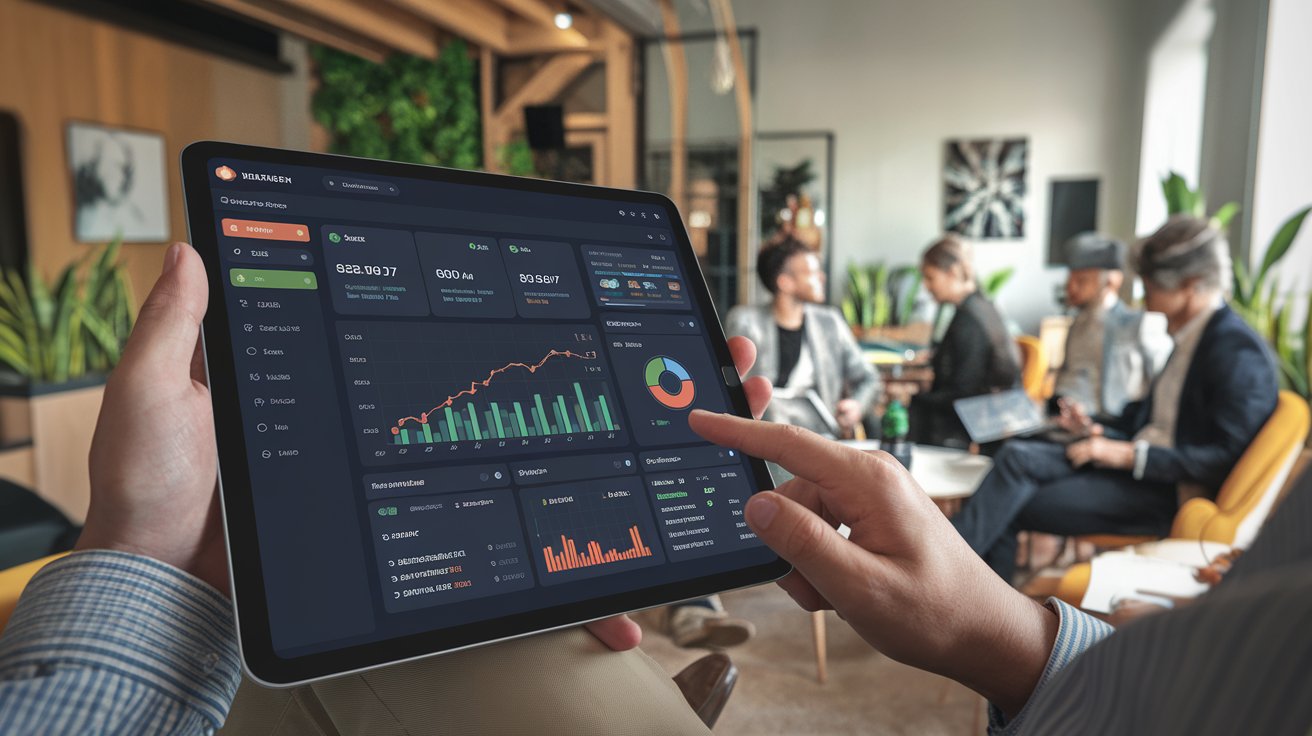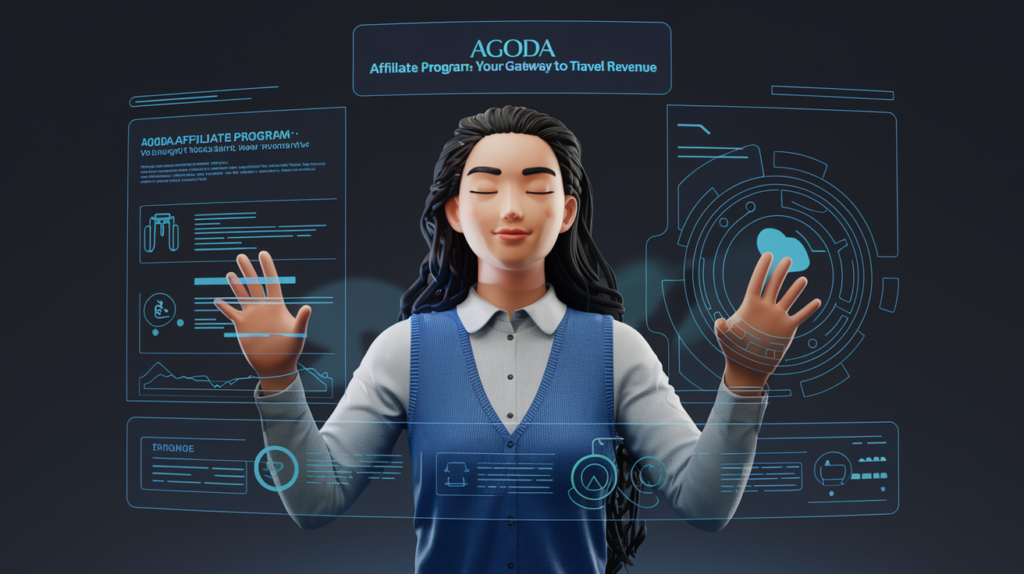The insurance industry has long been built on assessing risk, managing claims, and providing coverage for various uncertainties in life. However, with the rise of the Internet of Things (IoT) and Artificial Intelligence (AI), the way insurance companies operate is undergoing a significant transformation. This article explores how IoT and AI are reshaping the insurance landscape, making it more efficient, personalized, and data-driven.
1. What is IoT in Insurance?
The Internet of Things (IoT) refers to a network of interconnected devices that collect and exchange data in real time. In the insurance industry, IoT devices such as smart home sensors, wearable health monitors, and vehicle telematics are used to provide valuable data to insurers. These devices allow insurers to better understand customers’ behaviors and the risks they face, leading to more personalized and dynamic insurance policies.
2. How AI is Revolutionizing Insurance
Artificial Intelligence (AI) plays a critical role in analyzing the massive amounts of data generated by IoT devices. AI algorithms can quickly process and analyze this data to detect patterns, predict potential risks, and automate decision-making. In insurance, AI is used for everything from risk assessment and claims processing to fraud detection and customer service automation.
3. Real-Time Risk Assessment
One of the biggest advantages of IoT and AI is their ability to provide real-time risk assessment. Traditional insurance models rely on historical data to estimate risk, but IoT devices can provide real-time information. For example, telematics devices in cars track driving behavior, and smart home systems monitor fire or burglary risks. Insurers can then adjust premiums dynamically based on the latest data, making policies more accurate and reflective of actual risk levels.
4. Personalized Insurance Policies
With IoT and AI, insurance policies are becoming more personalized than ever before. Instead of using a one-size-fits-all approach, insurers can tailor coverage and pricing based on individual behavior and circumstances. For example:
- Health Insurance: Wearable devices track fitness levels, heart rate, and other health metrics, allowing insurers to offer personalized health coverage and discounts for maintaining a healthy lifestyle.
- Auto Insurance: Telematics systems monitor driving habits, such as speed, braking, and distance traveled. Safe drivers may receive lower premiums, while high-risk drivers are charged accordingly.
5. Efficient Claims Processing
Claims processing has traditionally been a time-consuming and manual process, but IoT and AI are streamlining it. IoT devices can automatically trigger claims when an incident occurs. For example, a smart home sensor detecting water damage can immediately notify the insurer, initiating the claims process. AI systems can then quickly assess the severity of the claim and either approve or flag it for further investigation, reducing the time required to settle claims and improving customer satisfaction.
6. Fraud Detection and Prevention
Insurance fraud is a costly issue for the industry, but AI and IoT are enhancing fraud detection capabilities. AI algorithms can analyze data to identify suspicious patterns or behaviors, flagging potential fraud cases for further investigation. For instance, if a telematics device detects inconsistent driving data after an accident claim, the AI system can alert the insurer, helping to prevent fraudulent claims and reduce losses.
7. Proactive Risk Management
IoT and AI enable insurers to shift from reactive to proactive risk management. Instead of waiting for an incident to happen, insurers can use data from IoT devices to prevent risks before they occur. For example:
- Smart home sensors can detect leaks or temperature changes that could lead to fire or flooding and alert homeowners before the damage escalates.
- Wearable devices can monitor patients’ vital signs and send alerts to healthcare providers in case of an emergency, potentially reducing the risk of hospitalization.
8. Improved Customer Experience
The integration of IoT and AI also enhances the overall customer experience. AI-powered chatbots and virtual assistants can provide instant responses to customer inquiries, helping policyholders with claims, coverage questions, or policy updates. Moreover, real-time data collected through IoT devices allows insurers to offer more relevant and timely advice, further improving the customer journey.
9. Challenges and Considerations
While IoT and AI bring many benefits to the insurance industry, they also pose certain challenges. Data privacy and security are major concerns, as the large amounts of data collected through IoT devices must be handled carefully to protect customers’ personal information. Insurers must also navigate the complexities of regulatory compliance and ensure that AI algorithms are transparent and unbiased.
Conclusion
The convergence of IoT and AI is fundamentally transforming the insurance industry by improving risk assessment, personalizing policies, streamlining claims, and enhancing fraud detection. As more devices become interconnected and AI continues to evolve, the insurance industry will become more data-driven, efficient, and customer-centric. However, companies must carefully manage the challenges associated with data privacy and security to fully leverage the benefits of these emerging technologies.





